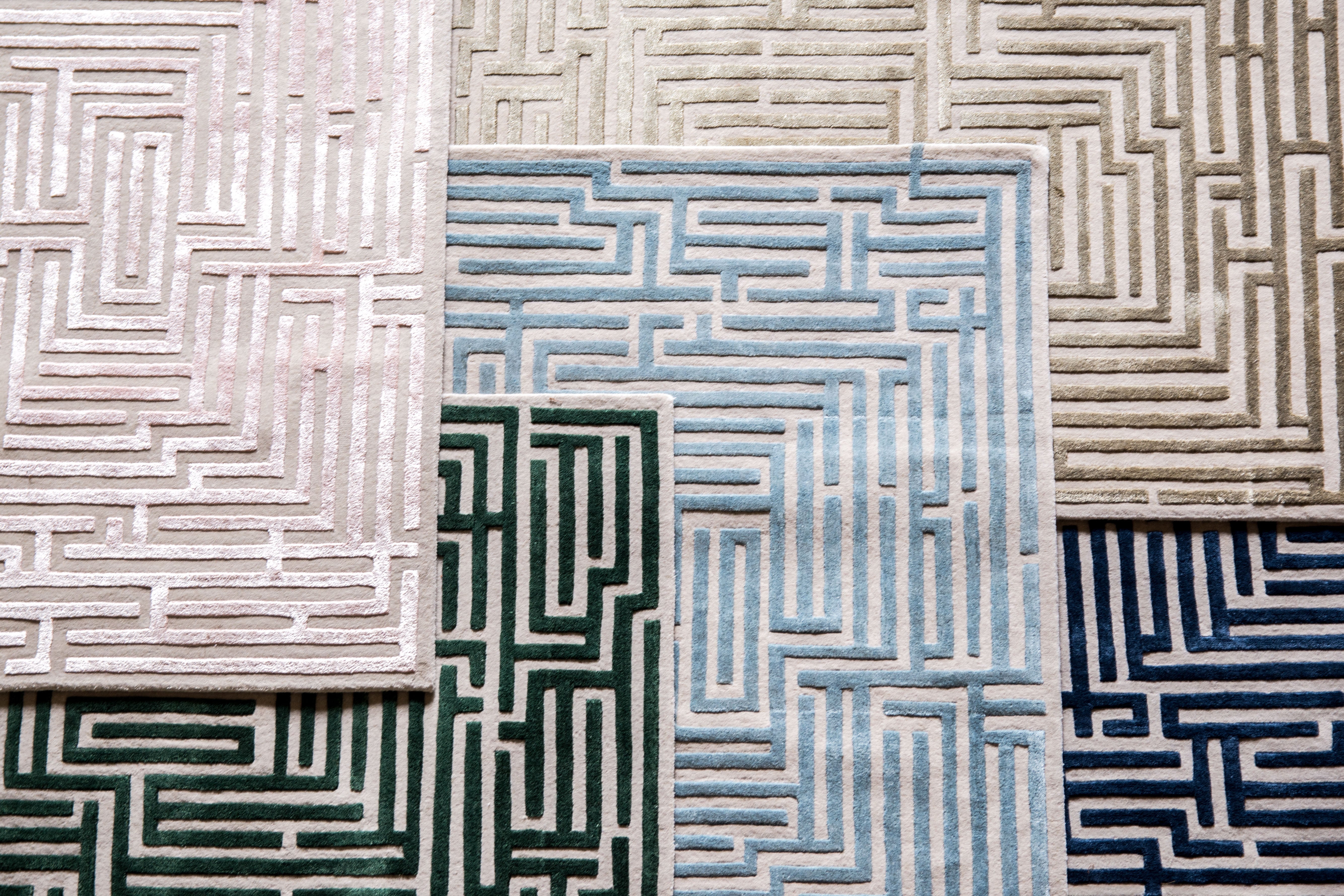Signs Your Concrete Needs Repair: Don't Ignore these Red Flags
Concrete is a crucial building material. This durable substance stands as a foundational element in modern infrastructure. Yet, even concrete faces degradation over time. Neglecting concrete upkeep can lead to severe results like structural failures and safety risks. So recognizing early signs of concrete damage proves crucial.
Moreover, proactively maintaining concrete not only preserves structural integrity, but it minimizes repair expenses and promotes sustainable infrastructure approaches too. When individuals and communities invest in concrete upkeep, they can protect their expensive investments and families. Here are some signs you should never ignore when it comes to checking repair signs for your concrete structures:
Understanding Concrete
Concrete is a composite material made with cement, sand or gravel, and water. It's the backbone of modern building projects. Concrete is versatile and strong used for towering skyscrapers and humble sidewalks. But, underneath, it's vulnerable to environmental stressors, and the cost-efficient way of handling it is by preventing further damages, thus posing a threat to your life and that of your family and of your investment.
Exposure to weather like freeze-thaw cycles and UV radiation can wear down concrete over time, causing cracks and spalling on the surface. Moisture intrusion threatens it too, corroding reinforcing steel and weakening the whole structure. Moreover, heavy loads or seismic activity add more structural stress, worsening the damage. Understanding these concrete's vulnerabilities underscores the necessity for vigilant maintenance and timely repairs.
Signs Your Concrete Needs Repair
Cracks and Fractures
Cracks and fractures on concrete surfaces warn of underlying issues needing prompt attention. These fissures can manifest as hairline cracks, spiderweb patterns, or large fractures, indicating potential problems within the concrete structure. Settling caused by soil movement or inadequate compaction during construction leads to crack formation as concrete adjusts. In colder climates, freeze-thaw cycles cause expansion and contraction of moisture within concrete, resulting in cracks over time.
Moreover, inadequate reinforcement or poor construction practices also contribute to crack formation in Brisbane, highlighting proper installation and maintenance importance. However, recognizing and addressing concrete repairs in Brisbane early prevents further deterioration, as unchecked damage compromises the structural integrity and escalates repair costs. Regular inspections and timely repairs preserve longevity and stability.
Uneven or Sunken Concrete
Uneven or sunken concrete surfaces often found on sidewalks, driveways, or patios pose significant safety risks. These issues can arise from soil erosion, improper installation techniques like inadequate compaction, or structural settling over time. As a result, these uneven surfaces increase risks of trips, falls, injuries, and property damage.
Furthermore, promptly addressing such problems is crucial for mitigating safety hazards and preserving concrete's longevity. Ignoring sunken or uneven concrete exacerbates the problem over time, leading to more extensive repairs and higher costs. Thus, proactive measures such as leveling or lifting techniques ensure pedestrian safety and maintain concrete installations' integrity.
Spalling and Scaling
Spalling and scaling are major concrete surface deterioration forms, showing as flaking, chipping, or peeling material. These issues relate to environmental factors freeze-thaw cycles. Water penetrates concrete, freezes, expands, cracking, disintegrating the surface steadily. Rain or irrigation moisture penetration also corrodes embedded reinforcement and subsequent spalling. Poor concrete quality stemming from factors like improper mixing or inadequate curing can also contribute to surface defects.
Discoloration and Stains
Concrete surfaces develop discoloration and stains to indicate underlying problems needing attention. Water damage, chemical reactions, and mold or algae growth can cause these blemishes. Rainfall, irrigation, and plumbing leaks allow water entry discoloring through minerals or organics. Exposure to acids or salts also triggers chemical staining over time. This is true, especially in humid, shady spots that encourage unsightly mold and algae growth on concrete. Finding the source of discoloration is vital to fix issues and stop further deterioration. You can use sealing treatments, drainage upgrades, and mold prevention to protect concrete's aesthetics.
Concrete Settling or Shifting
Concrete settling or shifting is a real problem as it risks messing up the surface's strength. Cracks, gaps, and misalignment - these defects can happen due to different causes. For instance, the soil under the concrete getting eroded can trigger it. On the other hand, the problem could emanate right from the beginning due to poor compaction during installation. When concrete settles or shifts, it may fail to bear loads properly, thus resulting in uneven stress distribution and subsequent surface defects. Fixing these issues promptly prevents more damage, thus maintaining structural stability. Moreover, reinforcing affected areas, adjusting drainage patterns, or stabilizing underlying soil mitigates risks from concrete settling or shifting, ensuring long performance and safety.
Signs of Water Damage
Water damage signs on concrete warn of structural troubles demanding immediate action. Infiltration gradually weakens concrete integrity, causing cracking, erosion, and instability. Pooling water, whether puddles or standing, indicates poor drainage or inadequate slope, accelerating decline over time. Persistent dampness or moisture buildup in areas like basements or crawl spaces may lead to mold and mildew, which affects the concrete's firmness.
Efflorescence forms on concrete surfaces, appearing as a white powder. It signals water entering the concrete's porous structure, with soluble salts migrating through. Taking steps like improving drainage, sealing cracks, and fixing moisture sources mitigates water damage risks.
Surface Pitting
Surface pitting is seen as small dents or craters on concrete. It can happen from harsh chemicals like cleaning acids or salts reacting with the concrete, causing damage. Also, general wear and tear from heavy foot traffic or vehicle loads can slowly erode the concrete surface.
Ideally, the process of destruction starts with a tiny grain-like pit, which, over time, paves the way for another grain and, within no time, leads to a huge pit if not addressed. Water and heavy traffic will speed up the deterioration process. Moreover, each cleaning adventure will make the pit bigger. Thus, addressing surface pitting quickly is crucial.
Concrete Disintegration
A severe deterioration issue, concrete disintegration happens when the material breaks into tiny pieces. This undermines the structure's integrity and longevity. Heavy loads or earthquakes worsen disintegration, leading to further breakdown. Promptly addressing concrete disintegration prevents failure, keeping occupants safe. Moreover, timely repairs like patching, sealing, or reinforcing mitigate risks tied to disintegration.
Spotting early warning signs of concrete decay is critical for preserving structural integrity outdoors. Regular inspections and timely repairs can prolong concrete surfaces' lifespan and enhance safety standards. Concrete deterioration signs shouldn't be disregarded. These issues, if neglected, escalate, leading potentially to expensive repairs, even structural failures. Furthermore, prioritizing concrete repair and maintenance safeguards investments, upholding structural stability. Heeding these red flags proactively ensures the longevity functionality of concrete assets for years ahead.










